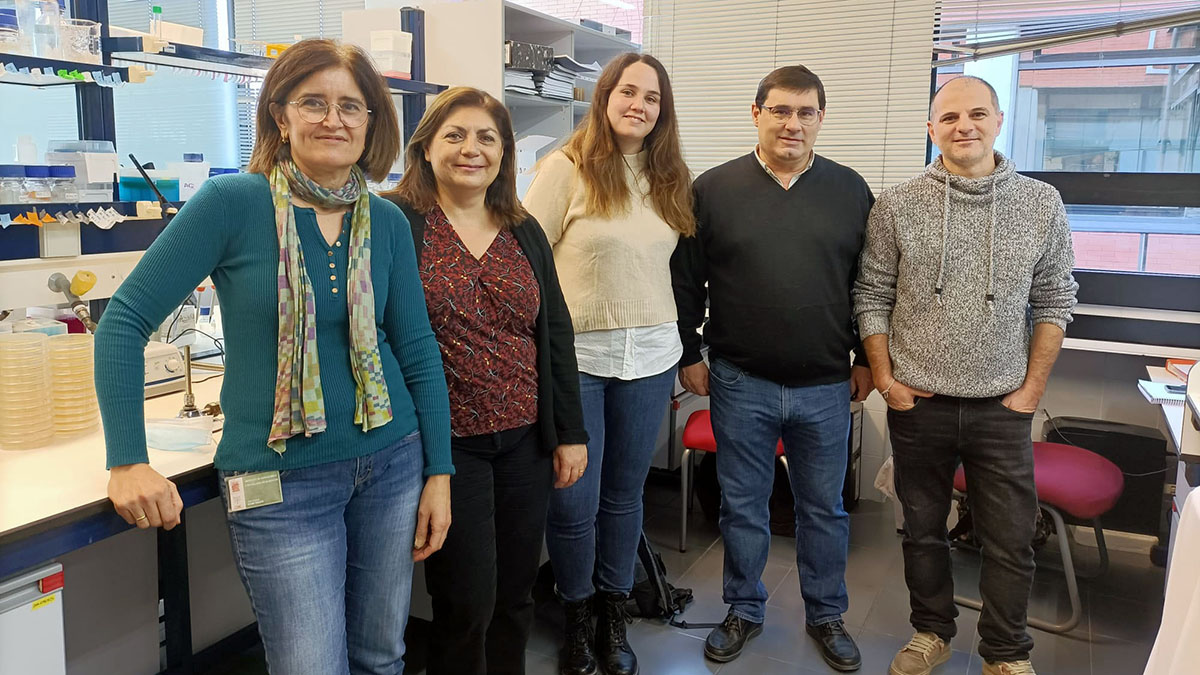A research group from the Institute of Agrochemistry and Food Technology (IATA-CSIC), in the Science Park of the University of Valencia, publishes in PLOS Genetics a study that discovers the genetic mechanisms by which Saccharomyces uvarum, one of the yeasts used to make wine, acts in its fermentation. The study shows for the first time a phenomenon known as “evolutionary convergence” in two different species of yeasts that allows them to adapt to a process directed by humans.
The researchers observed that they are the same as those described in Saccharomyces cerevisiae, another yeast widely used in the industry, which would be the first case of evolutionary convergence of two different species of yeast in the face of an artificial mechanism created by humans, such as the use of sulphites.
This work is the result of a multidisciplinary collaboration between research groups of the IATA-CSIC, the University of Valencia and the National University of Comahue (Argentina). The main objective was to study the mechanisms involved in the adaptation to fermentative processes of a species of yeast, Saccharomyces uvarum, which is found and actively participates in the fermentation of wine, mainly at low temperatures.
The research team observed that Saccharomyces uvarum could show some genetic change that makes it easier for it to grow in the presence of one of the most used preservatives in wineries, sulphite, a compound that is added as an antimicrobial and antioxidant to grape musts during wine production. “This study has allowed us to demonstrate that the mechanism that allows this species to be able to grow in the presence of sulphite is a reciprocal translocation, that is, a recombination between two different chromosomes, something rare in the evolution of these microorganisms”, reveals Roberto Pérez, IATA researcher and one of those responsible for the study.
“It is interesting to note that the mechanism described is a very similar adaptation, and that it has arisen independently, to that which we had described in another species of yeast, Saccharomyces cerevisiae, which is more common and used in fermentations. This phenomenon whereby the same adaptation arises independently in two or more organisms is called evolutionary convergence”, explains Amparo Querol, a researcher at IATA and also responsible for the work.
Saccharomyces cerevisiae is the species most used in fermentation by the industry to guarantee the best quality and stability of the wines. In oenology, the most important yeasts are those belonging to the Saccharomycetaceae family, which contains a large number of species of the genus Saccharomyces, which are largely responsible for transforming must into wine, such as Saccharomyces cerevisiae or Saccharomyces uvarum.
First case of evolutionary convergence in different yeasts
The importance of this study resides in the fact that it is the first time that an evolutionary convergence due to independent translocations has been observed in two different species of yeasts, which allows them to successfully adapt to an environmental condition generated by man such as the use of sulphite in wine fermentations, the scientists state in their work published in PLOS Genetics.
“For millennia humans have added sulphites by burning sulphur to preserve wine. This has favoured the selection of yeasts, whose role in fermentation was not proven until the nineteenth century adapted to those conditions that do not occur in nature, which is known as unconscious domestication”, says Eladio Barrio, a researcher at the University of Valencia. and co-author of the work.
Applications
Thus, “one of the applications of this work is to help us develop new methods to improve the yeasts responsible for processes where sulphite is used as a preservative, either in the production of wine or cider”, points out Amparo Querol.
Reference:
Macías LG, Flores MG, Adam AC, Rodríguez ME, Querol A, Barrio E, et al. (2021) Convergent adaptation of Saccharomyces uvarum to sulfite, an antimicrobial preservative widely used in human-driven fermentations. PLoS Genet 17(11): e1009872. https://doi.org/10.1371/journal.pgen.1009872


